Cape Town – a city at the end of the continent, surrounded by craggy mountains and white sand beaches falling away in to the Atlantic Ocean with Table Mountain rising up in to the clouds. It’s an historic city, but it’s also got a cool urban edge with some great hotels, restaurants, bars and shops opening up – offering something for everyone.
A lot of people’s biggest concern in visiting is whether or not it’s safe. So there’s no sugar coating it – crime rates in Cape Town are high. However, this crime is concentrated in the Cape Flats area – not in the city centre or suburbs.
However, like in all places you should still be vigilant. Don’t walk alone at night, don’t have lots of valuables with you on show, don’t park in a non-manned car park and keep your windows and doors locked. If you are driving, do it during the day not at night, and make sure you have enough fuel to cover your journey so you don’t risk breaking down anywhere.
I remember visiting South Africa as a child and being really aware of moments where I didn’t feel safe. My parents drove from Pretoria to Rorke’s Drift to the Drakensberg right by the Lesotho border. Our car was chased, we were pulled over and questioned (and I think nearly robbed and shot), we stayed in accommodation with rape gates. I remember thinking what an incredible experience I was so lucky to have, but also that it wasn’t safe.
Cape Town doesn’t feel anything like that, and in the last 20 years (I’m showing my age) there has been so much investment and development in this now truly global city. It felt safer here than I have in some UK cities, and certainly in places in the US such as Atlanta.
So, what is there to do in Cape Town? Most people’s first answer is Robben Island – the site of the prison where Nelson Mandela spent 18 of his 27 years behind bars. He was later awarded with the Nobel Peace Prize and became President of South Africa. The island is now a museum. Unfortunately for us, it was closed during our visit!! So I can’t provide any more detail, but would have done this in place of the Lion Head mountain visit below had it been open.
We covered everything below at a decent pace across 2 days in the city.
1. Table Mountain
Table Mountain is a mountain that is literally flat like a table – and it overlooks the whole of Cape Town, plus Robben Island, offering wonderful views. It forms part of Table Mountain National Park. You can choose to hike up it, or indeed get the cable car to the top, which runs from Tafelberg Road to the Mountain top!
We chose to hike up the mountain, and then because the weather was so bad – take the cable car down. Unfortunately due to the weather we didn’t get the epic views as it was too misty. However, the hike up the mountain still tops the list of things to do in Cape Town! You can choose from a variety of routes which range from 2 to 5 hours, one way – so allocate at least half a day for this trip.
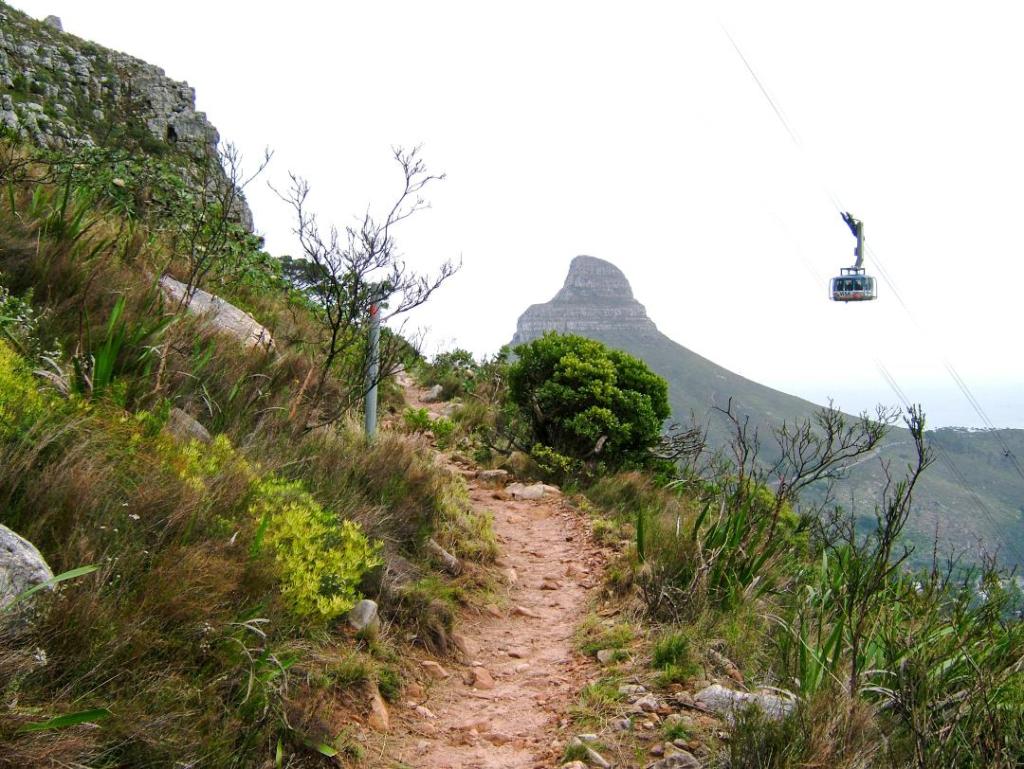
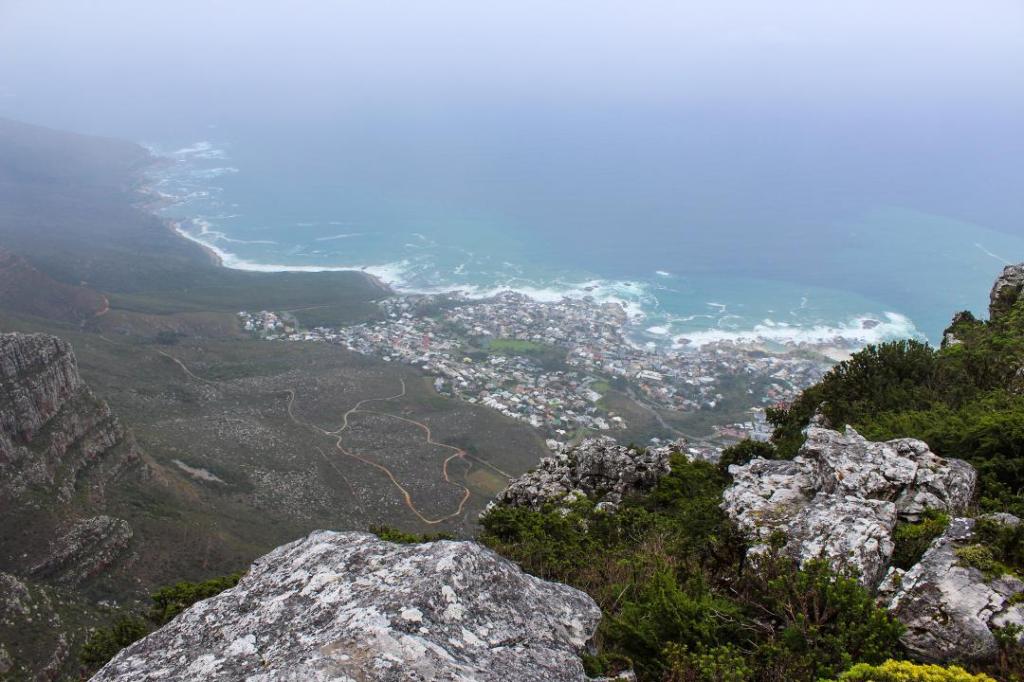
2. The Waterfront
The Victoria and Albert Waterfront is a vibrant area of town, consisting of lots of restaurants and shops. It is also home to the Two Oceans Aquarium which is a world class aquarium full of the diversity of both the Atlantic and Indian Oceans. It includes Insta perfect water tunnels and lots of sharks!
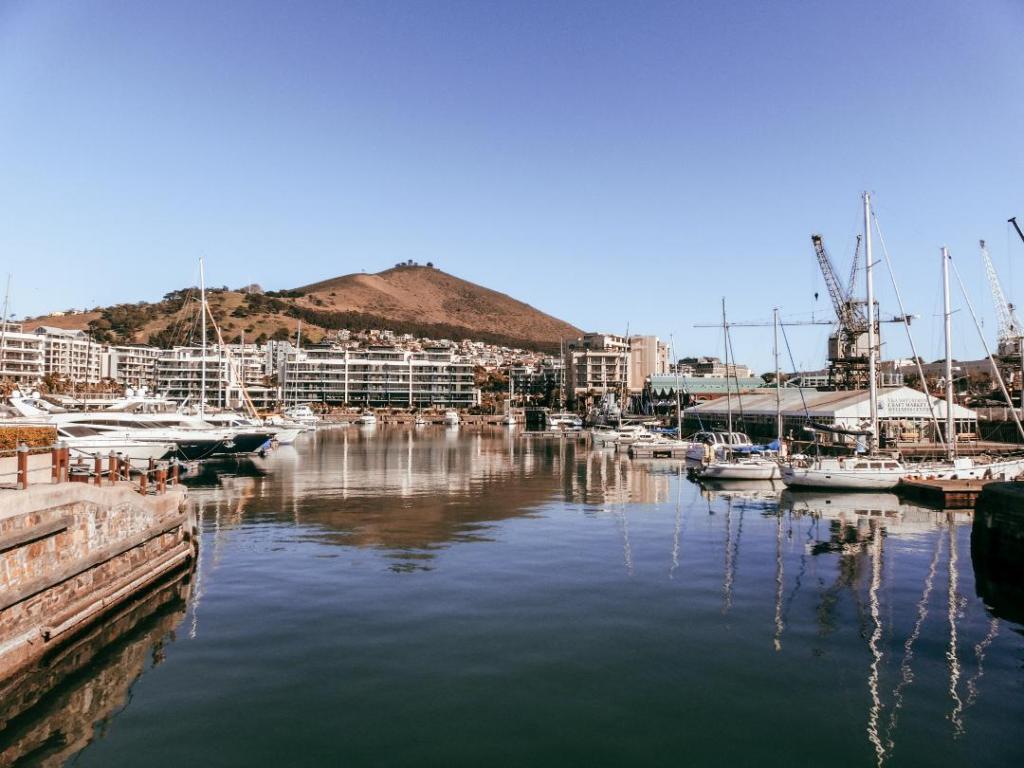
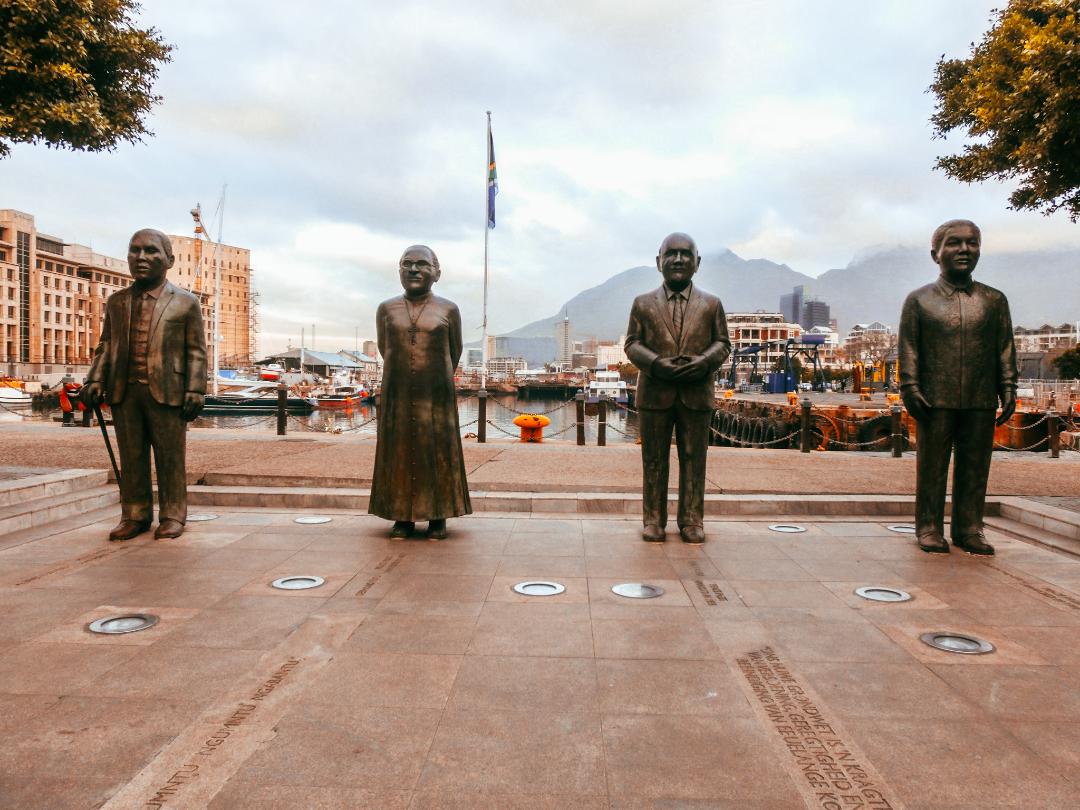
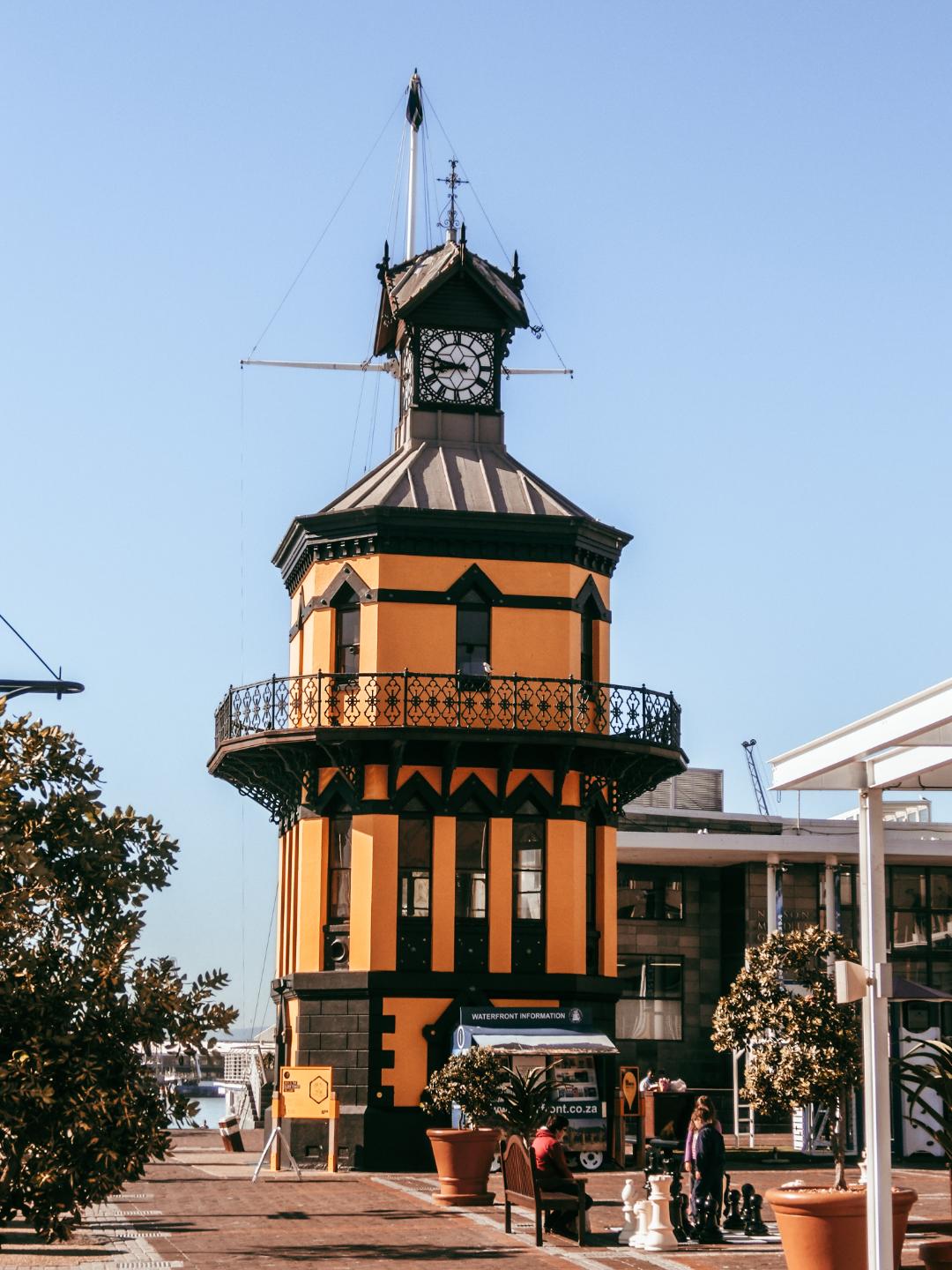
Statue of the 4 South African Nobel Prize winners (L) and clock tower (R)
3. Lion’s Head Mountain
Lion’s Head mountain was a late addition to the itinerary . The trail going up is really windy like a corkscrew. This is a good alternative to the Table Mountain hike if you don’t have a full half a day to dedicate to it. This trail takes a couple of hours maximum and offers lovely views (when it’s not too misty) across Cape Town and to Table Mountain.
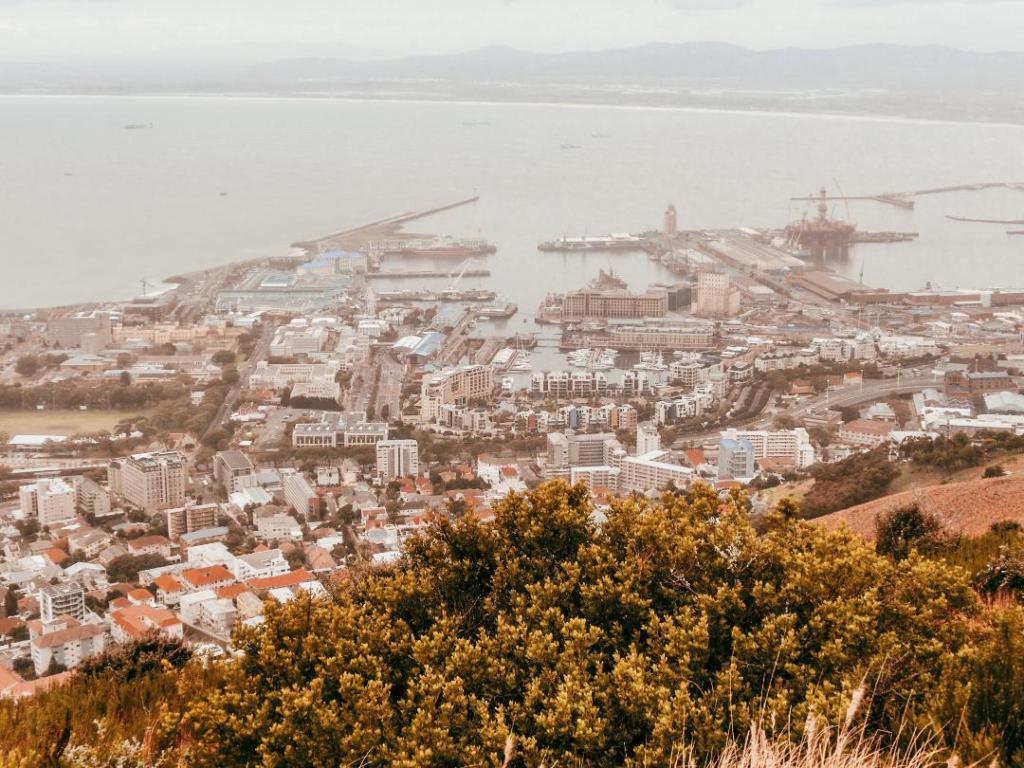
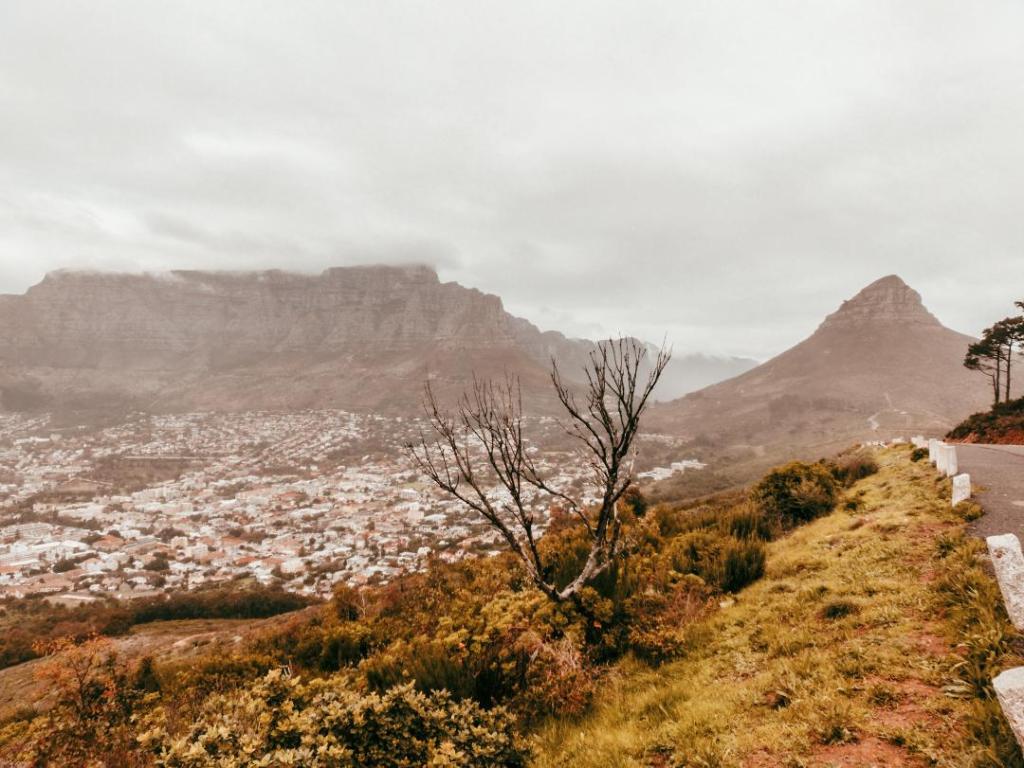
4. Kirstenbosch Botanical Gardens
You can reach the Botanical Gardens using the hop on-hop off bus. They lie just to the South of Table Mountain and are home to some beautiful plant life and walkways. We particularly liked the bridges overlooking lush, green hills.
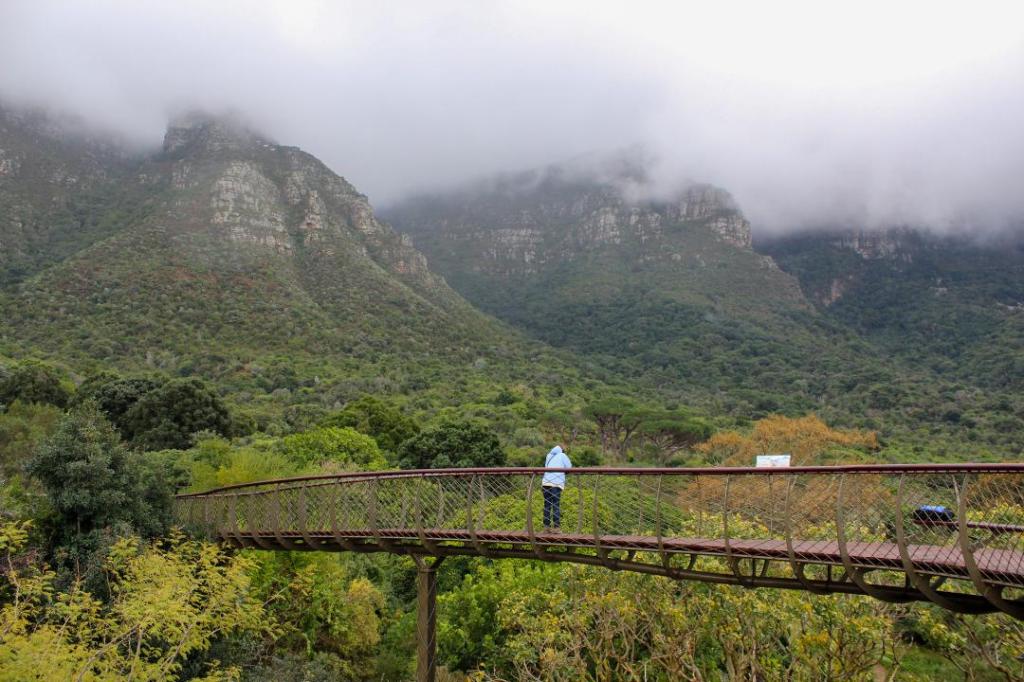
5. Bo-Kaap
The Bo-Kaap (meaning ‘above the Cape’ in Afrikaans) is an area of town formerly known as the Malay Quarter. It’s within walking distance to the Waterfront and is a former township, situated on the slopes of Signal Hill. Bo-Kaap is known for the bright coloured houses and cobble streets. The area is 60% Muslim and is the oldest surviving residential area in Cape Town. Whilst there, you can also visit the Bo-Kaap Museum which highlights the history of the area and showcases local Islamic traditions and history.
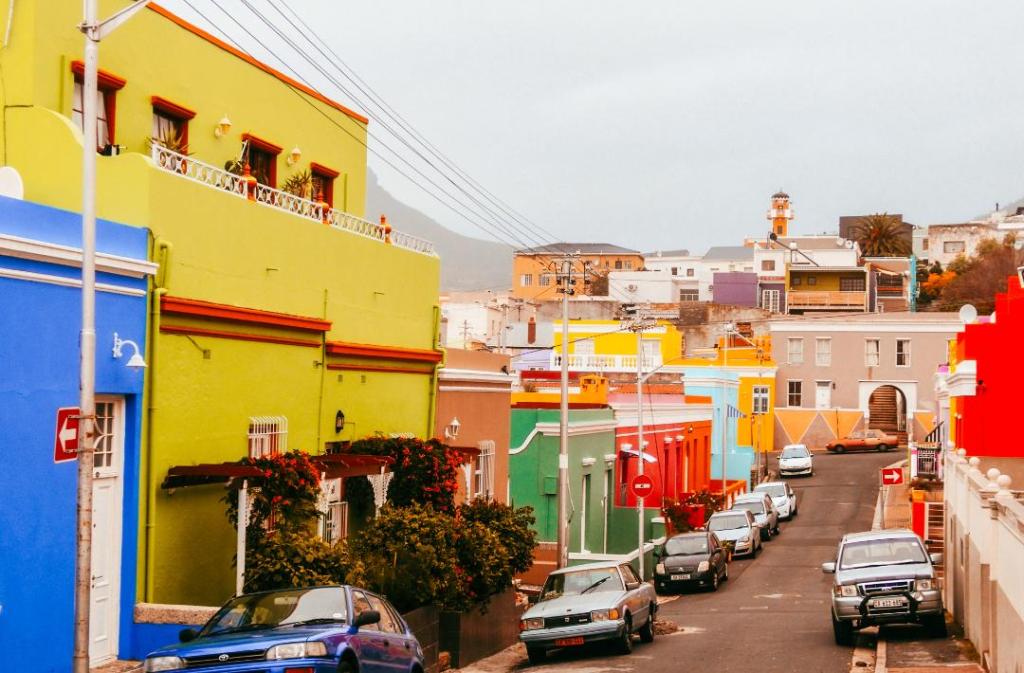
There are also multiple other things you can do if you’re in Cape Town for more than 2 days.
Museums – by now you all know I love a good museum, and Cape Town has some amazing ones. My personal favourites (both worthy of at least a couple of hours) are The Iziko Slave Lodge and District Six Museum. The first tells the story of slavery in South Africa and the diabolical conditions slaves lived in. It also talks about human rights and there’s a very interesting audio guide. It was a very sobering museum and the suffering endured beyond comprehension. The District Six Museum documents the forcible removal of over 60,000 inhabitants from District Six during apartheid South Africa. Again it is utterly horrifying and shocking that this happened only in the 1970s.
The Company’s Garden – right near The Iziko Slave Lodge is the oldest garden in Cape Town, founded by European settlers during the times of the Dutch East India Company. It’s a lovely spot for a stroll and some lunch.
St George’s Cathedral – A stunning church which is the seat of the Archbishop of Cape Town. Well worth a visit.
Local Markets – There are lots of local farmer’s markets in Cape Town which make for a nice spot of shopping (and eating!). Oranjezicht City Farm Market near the waterfront was my favourite.
Day trips – to either the Cape of Good Hope to see the world famous penguins, or to the equally famous Winelands.
Thank you for reading and I hope you found this guide helpful! Let me know your thoughts in the comments below. Stay safe and happy travelling everyone!

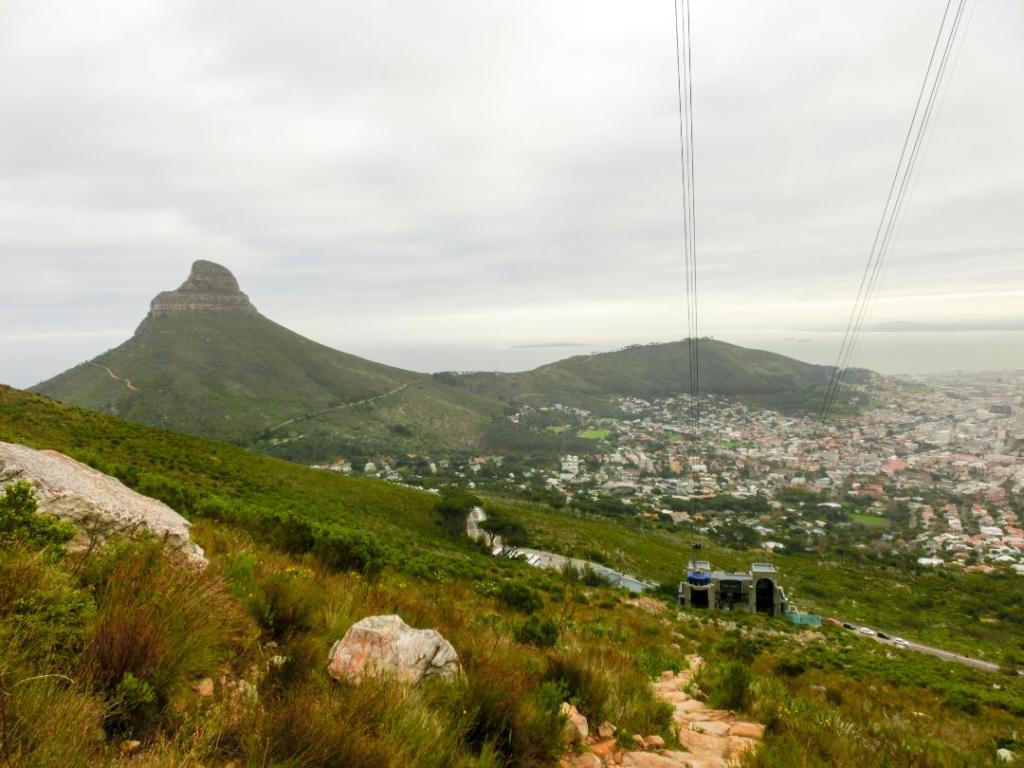



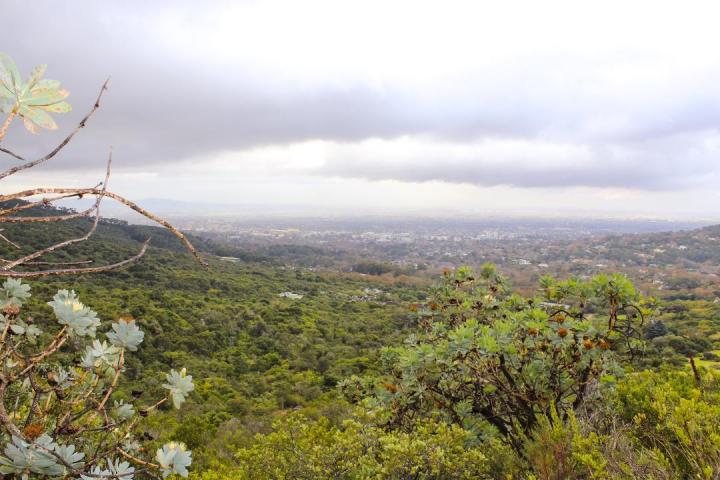
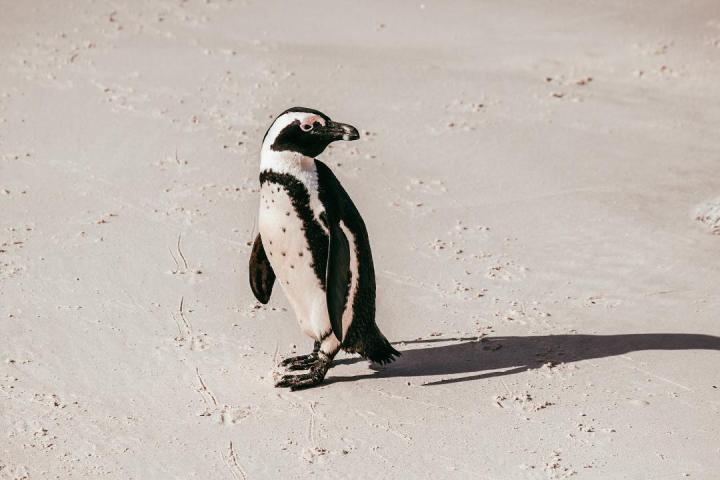
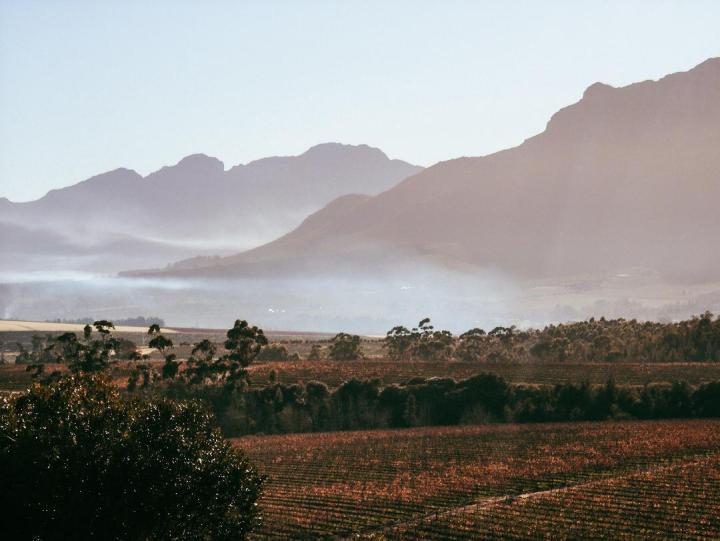
Leave a comment